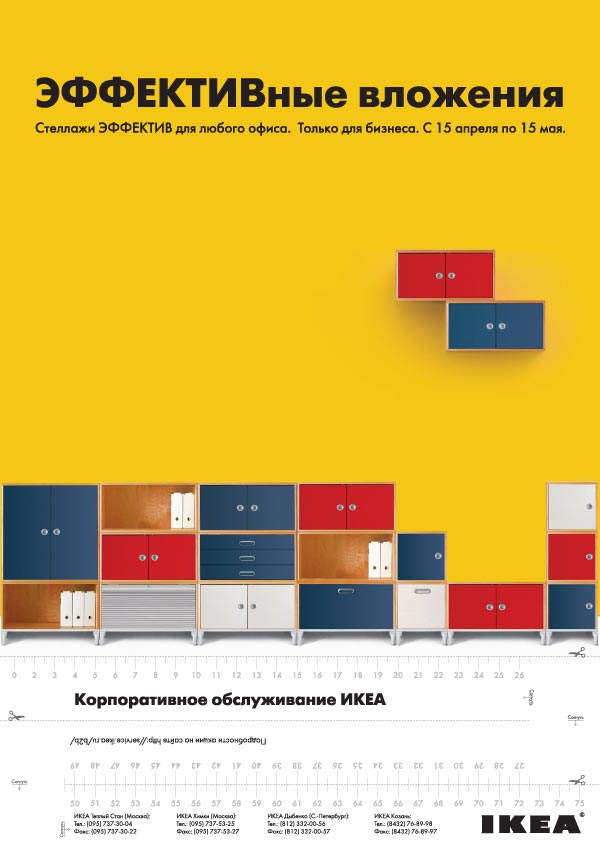Graphic Design
Jump to navigation
Jump to search
Graphic design is the applied art of arranging image and text to communicate a message. It may be applied in any media such as print, digital media, motion picture, animation, product decoration, packaging, signs, identities, etc. Graphic design as a practice can be traced back to the origin of the written word, but only in the late 19th century did it become identified as a separate entity. [Wikipedia, 2005]

The practice or profession of designing print or electronic forms of visual information, as for an advertisement, publication, or website.
[Houghton Mifflin, 2000]
the art or profession of visual communication that combines images, words, and ideas to convey information to an audience, esp. to produce a specific effect.
[Infoplease, 2004]
Trying to communicate complex information by forming a visually intuitive representation graphic design turns out to be a special case of information visualization, yet it tends to ignore the practical doctrine of form follows function — the sole guideline for InfoVis — and tries to produce not only useful, but even more aethetically satisfying (stylish) visual impressions.
External links
- ArtLebedev–Studio
- Klasse Hickmann: Graphic design project at the University of Applied Arts Vienna
- Designer in Action
References
- [Wikipedia, 2005] wikipedia.org. Graphic design. Retrieved at: September 12, 2005. http://en.wikipedia.org/wiki/Graphic_Design
- [Houghton Mifflin, 2000] Houghton Mifflin Company, The American Heritage® Dictionary of the English Language, Fourth Edition, Houghton Mifflin Company, 2000.
- [Infoplease, 2004] Infoplease. Definition of graphic design. Retrieved at: November 18, 2004. Pearson Education, publishing as Infoplease. http://www.infoplease.com/dictionary/graphic design